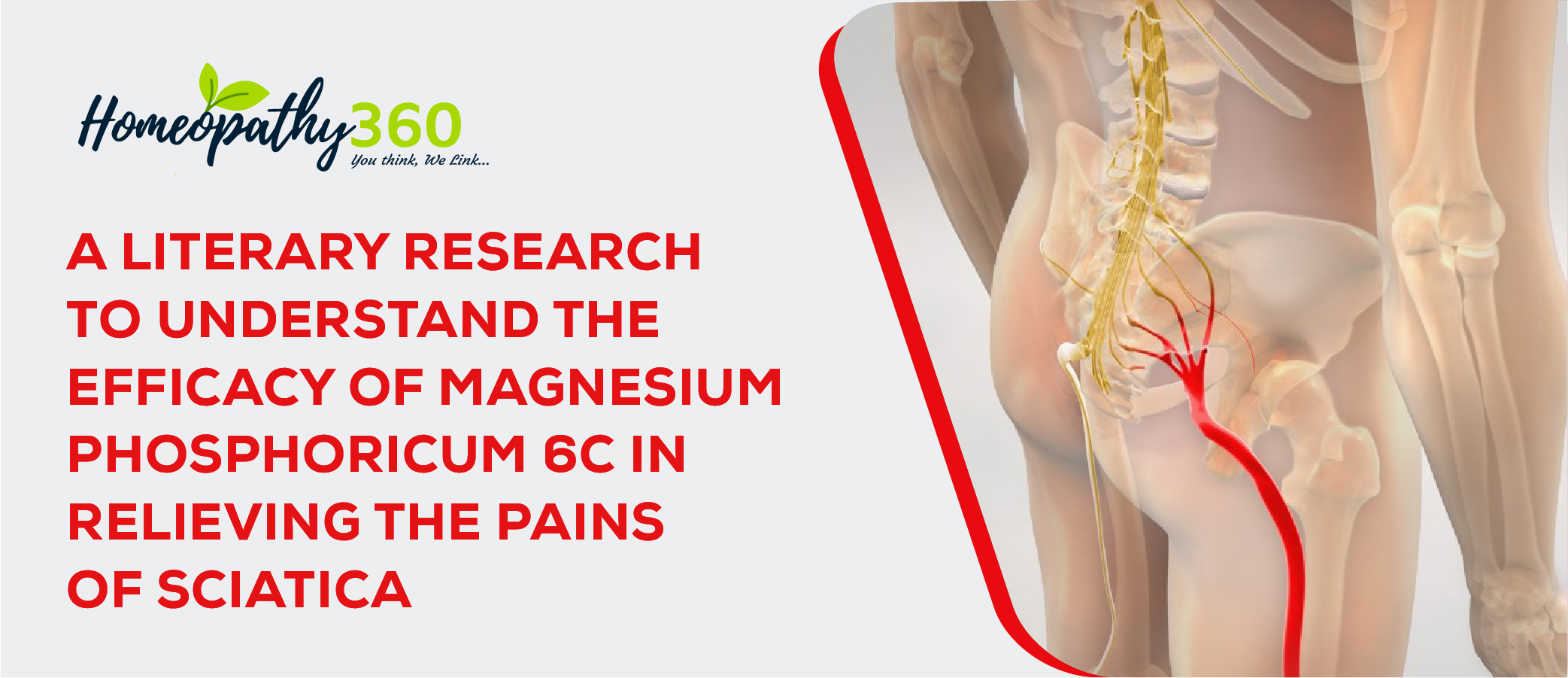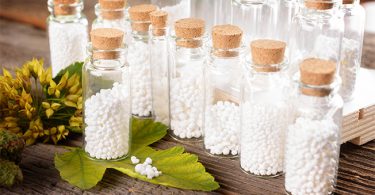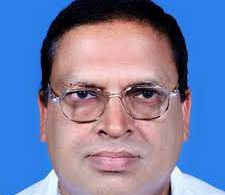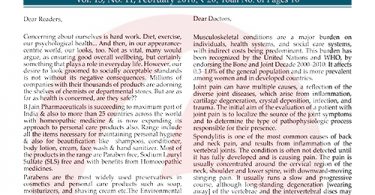
Introduction:
Our master Dr Samuel Hahnemann says that every effective drug provokes in the human body a sort of disease of its own, and the stronger the drug, the more characteristic, and the more marked and more violent the disease. We should imitate nature, which sometimes cures a chronic affliction with another supervening disease, and prescribe for the illness we wish to cure, especially if chronic, a drug with power to provoke another, artificial disease, as similar as possible, and the former disease will be cured: fight like with like. Same hold right when it comes about the pain in sciatica, if we are able to help the suffering individuals with the right similimum then our mission is complete. As we all know that the orthodox school has witnessed for centuries that nature itself has never once cured any existing disease with another dissimilar one, however intense. What must we think of this school, which nevertheless has continued to treat chronic diseases allopathically, with medicines and formulas that can only cause a disease condition -God knows which -dissimilar to the one being treated? Even if these physicians have not hitherto observed nature attentively enough, the miserable results of their treatment should have taught them that they were on the wrong road. Thus, it says that what ever may be the suffering there is always a ray of hope for the hopeless individuals from Homoeopathy.
Literature relationship between Sciatica & Magnesium Phosphoricum:
De novo, human race has been burdened with diseases in one or the other form. The mission of doctors is to combat these diseases, and lessen the mortal cry.
Sciatica (literally hip pain) is reported to occur in 1 to 10% of the population, most commonly in people age 25 to 45 years. Men are more frequently affected. The highest incidence is found in the fifth decade and then decreases with increasing age 1. Sciatic nerve is the thickest nerve and arises in the pelvis from ventral rami of L4 –S3 spinal nerves 2.
Sciatica is a clinical syndrome involving the spinal roots 3. The pain radiates from the lower back into the buttocks, legs up to foot in the posterior aspect. It results from compression of nerve roots in the lower back. Common causes include IVDP, bony irregularities, intraspinal tumor or abscess.
The pain is typically burning, lancinating, with a characteristic “pins and needle” sensation, accompanied by tingling, numbness or muscle weakness. The pain aggravates on walking, bending, sneezing/coughing and other day to day activities 4. It can be clinically tested by Lasegue’s sign (SLRT), Femoral stretch test, Kernig’s sign 5.
The major complications of sciatica is sciatic nerve injury. Leading to complete paralysis of hamstring muscles, ‘Talipes equinovarus’ and ‘Talipes calcanes valgus’6.
Homoeopathy provides magical solace to the suffering humanity. Magnesium phosphoricum has the ability to cure the diseases having their seat in nerve fiber cells / in terminal bulbs of the nerves7.
C. Hering tells that Magnesium Phosphoricum can act as the best medicines for sciatica with excruciating spasmodic pains8.
Willaim Boericke states that it as a ‘great anti-neuralgic’ and can act effectively by reducing the inflammation and infection of the nerves giving prompt relief 9.
Best non-invasive ways to evaluate sciatica:
SLRT:
With the patient lying supine, lift their foot to flex the hip passively, keeping the knee straight. When a limit is reached, raise the leg to just less than this level, and dorsiflex the foot to test for nerve root tension 11
When the straight leg is at an angle between 30 and 70 degrees, then the test is positive 12.
Modified Roland Morris VAS Sciatica Questionnaire 13:
VAS scale is used to determine the intensity of pain of the patients before and after treatment. Roland Morris questionnaire contains sentences that people have used to describe themselves when they have leg pain(sciatica). When reading them, you may find that some stand out because they describe the patient that day. So, patients will be asked to fill the questionnaire and compared with results before and after treatment.
Conclusion:
Homoeopathy is definitely a key to pain of Sciatica as it can be administered constitutionally or sector wise based on the need of the case. The incidence of people suffering from sciatica has increased as compared to the past. Patients go into various complications and impaired lifestyle. As Magnesium phosphoricum is a great anti neuralgic remedy, it helps to reduce the pain rapidly and improve the quality of life. Since merest information is given about the action of Magnesium Phosphoricum in curing sciatica in the literatures.The philosophy with homeopathy is that the more the substance is diluted and successed the stronger it becomes. This means that a homeopathic remedy at 6C is stronger than 6X 14. Thus, we can say that Homeopathy relieves the pain during acute attacks of sciatica. It also prevents the recurrence of such painful episodes. Making several lifestyle changes along with these medicines can keep the pain away. As we all know what our master said “The physician’s highest calling, his only calling, is to make sick people healthy – to heal, as it is termed”15.
REFRENCES:
(1) Sciatica | India| PDF | PPT| Case Reports | Symptoms | Treatment
https://www.omicsonline.org/india/sciatica-peer-reviewed-pdf-ppt-articles/ cited on 12/7/2019
(2) Vishram Singh; Textbook of Anatomy;Abdomen and lower limb;2nd edition;page-470
(3) Andrew J.Larner;Alasdair J.Coles;Neil J.Scolding,Roger A.Barker;A-Z of Neurological practice;2nd edition;page-650-651
(4) Mark H.Beers,Robert S.Porter,Thomad V Jones,Justin L Kaplan,Michael Berkwits;The Merck Manual of Diagnosis and Therapy;18th edition;page 327-328
(5)A.J.Larner;A Dictionary of Neurological Signs ;3rd edition;page 141,203,207
(6) Sriram Bhat M; SRB’s Clinical Methods in Surgery;3rd edition;page -245
(7) Boericke &Dewey;The 12 Tissue Remeddies of Schussler;page- 99,297
(8) C Hering; The Guiding Symptoms of Our Materia Medica; Vol 7; Page-252-253
(9) William Boericke; Pocket Manual of Homoeopathic Materia Medica With Indian Medicine & Repertory;9th edition; page-417-418
(10) Magnesia phosphorica | National Center for Homeopathy
https://www.homeopathycenter.org/remedy/magnesia-phosphorica cited on 24/7/2019
(11) John Macleod;Mecleod’s clinical examination;14th edition;page 264
(12) Straight leg raise
https://en.m.wikipedia.org/wiki/Straight_leg_raise cited on 21/7/19
(13) Healthnetworksolutions.net
http://www.healthnetworksolutions.net/HNS%20Forms/Modified%20Roland%20Sciatica%20Questionnaire.pdf cited on 24/7/2019
(14) https://sarachana.com/2013/06/12/homeopathic-remedies-what-are-they-made-from-and-what-are-the-numbers/ cited on 15/7/2019
(15) Samuel Hahnemann (1982). “Organon of medicine”, J P Tarcher
AUTHORS:
Dr Skandhan. S. Kumar, BHMS MD Organon of Medicine (Gold Medalist), Assistant professor department of organon of medicine and philosophy, Father Muller Homoeopathic Medical College.
Prasheda T, Final year BHMS Father Muller Homoeopathic Medical College.





